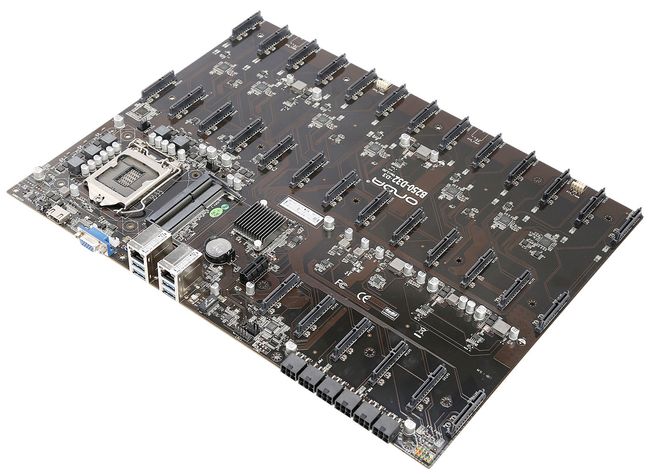TinyPilot is my inexpensive, open-source device for controlling computers remotely. It works even before the operating system boots, so I use TinyPilot to install new OSes and debug boot failures on my bare metal homelab servers.
This post details my experience creating TinyPilot and shows how you can build your own for under $100 using a Raspberry Pi.


:format(webp)/cdn.vox-cdn.com/uploads/chorus_image/image/67223340/acastro_181101_1777_netflix_0001.0.jpg)


